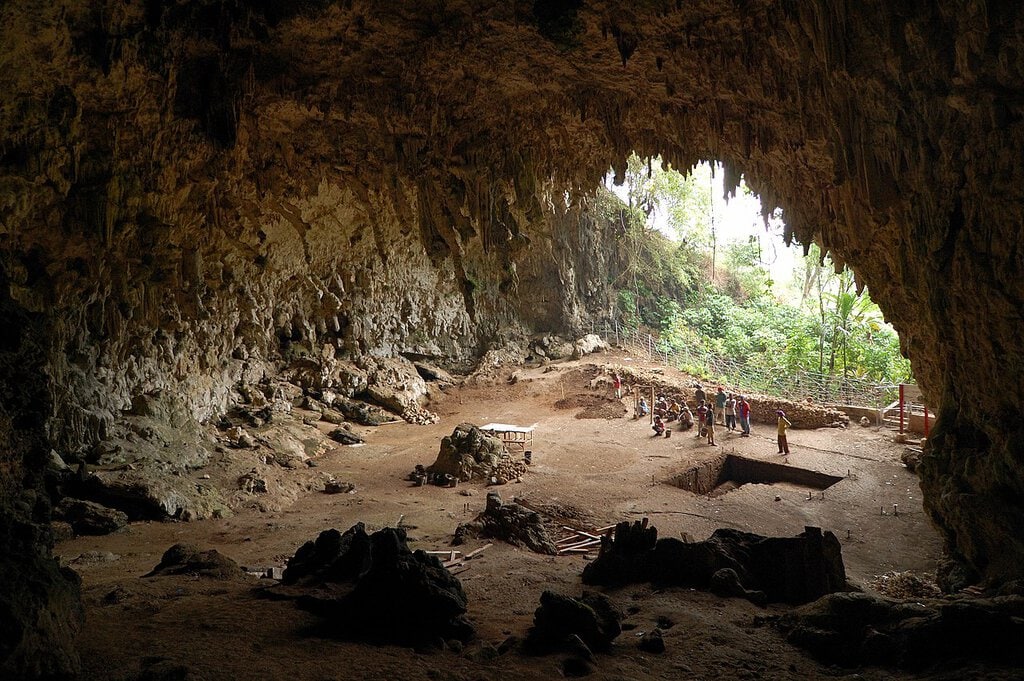
Two decades ago, a discovery on Flores Island in Indonesia challenged previous understandings of human evolution. A skeleton, small but surprisingly complete, sparked a debate among scientists about our species’ ancient cousins and their fate. This curiosity has led to the emergence of radical new theories that push the boundaries of what we perceive as extinct.
History of the Homo Floresiensis Species
Scientists initially uncovered the petite skeleton of “Homo Floresiensis” while exploring human migration patterns between Asia and Australia.
Quickly gaining the nickname “Hobbit” for its resemblance to J.R.R. Tolkien’s fictional characters, this species was initially thought to have vanished around 12,000 years ago. Yet, subsequent research adjusted this estimate to a staggering 50,000 years. Much older than Frodo!
Persisting Legends and Sightings
Anthropologist Gregory Forth has reignited interest in the dweller of Flores Island by suggesting that Homo Floresiensis may not be a closed chapter as yet.
Citing over 30 eyewitness testimonies and consistent features shared with humans, Forth’s work proposes that these “ape-men” could have survived much longer than previously believed—perhaps even into early modern times.
Examination of the Evidence
Building upon local folklore and physical accounts, Forth argues that conventional analysis may have too hastily dismissed the probability of Homo Floresiensis coexisting with modern humans. His investigations reveal an “eerie similarity to humans”, which is both reassuring and scary!

The perspective presented by Forth beckons a reexamination of our evolutionary timeline. If the evidence supports his theory, it would prompt a paradigm shift in anthropology, forcing scientists to reassess not only our past but also consider how we define modern humans!